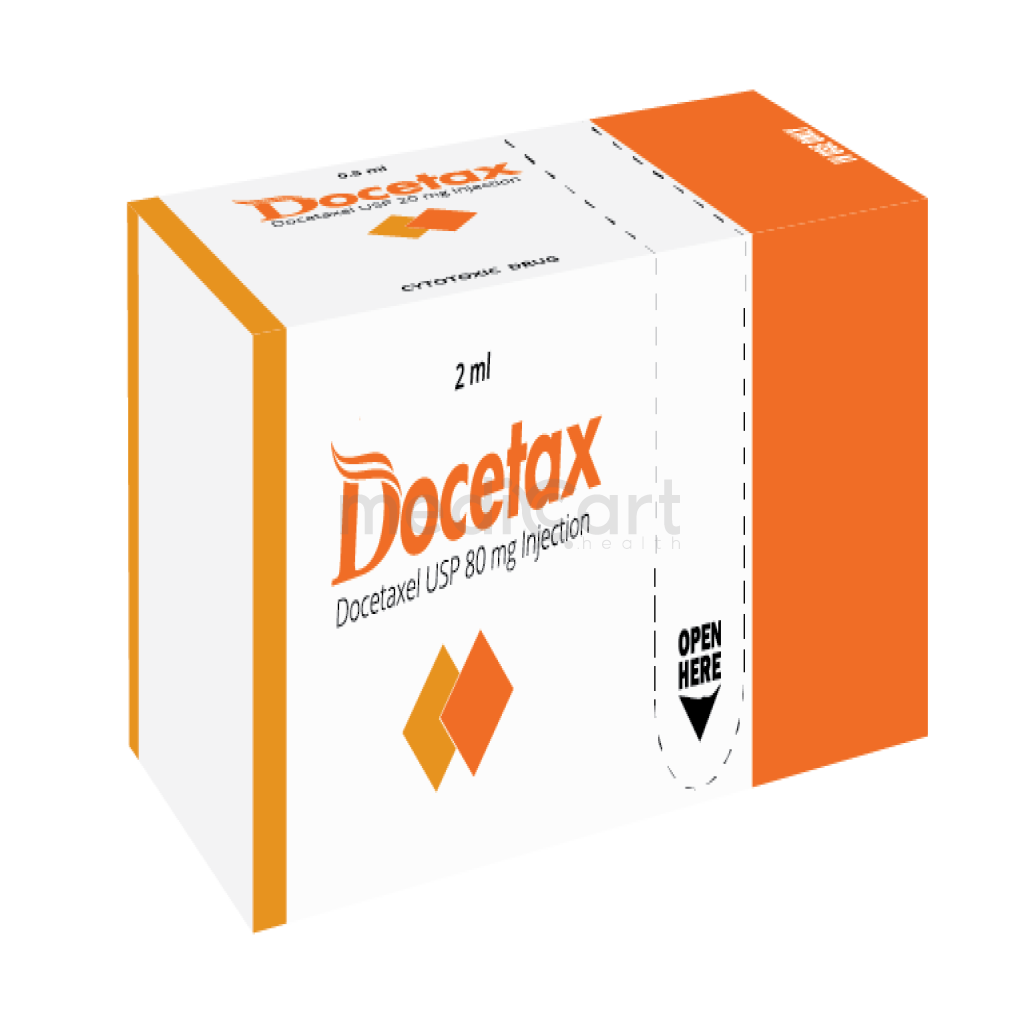

Ostelin-D 30pcs - 500mg
Tablet
Pack Size :
1 Pot x 1 Packet
Generics :
Calcium + Vitamin D3
Manufacturer :
Everest Pharmaceuticals Ltd.
Best Price *
TK
210.00
* Delivery will be done in Dhaka city only.
More Information About - Ostelin-D 30pcs - 500mg
Description
Generic Name
Calcium + Vitamin D3Precaution
Impaired calcium absorption in achlorhydria which is common in elderly. Increased risk of hypercalcaemia and hypercalciuria in hypoparathyroid patients receiving high doses of vitamin D. Caution when using in patients with history of kidney stones. Renal impairment; frequent monitoring of serum calcium and phosphorus is recommended. Lactation: Distributed in human breast milk Supplement calcium and vitamin D during pregnancy and lactation according to recommended daily allowanceIndication
Postmenopausal osteoporosis, Osteoporosis, Osteomalacia/rickets, Hypoparathyroidism, Latent tetany, Hypocalcaemia, Calcium and vitamin D deficiency, Bone & Teeth developement.Contra Indication
Patients with hypercalcaemia and/or hypercalciuria. Nephrolithiasis, hypervitaminosis D, hypophosphataemia.Dose
N/ASide Effect
Calcium Anorexia,Constipation,Flatulence,Nausea,Vomiting,Hypercalcemia,Hypophosphatemia,Xerostomia,Acid rebound,Milk-alkali syndrome Vitamin D Hypercalcemia,Muscle/bone pain,Metallic taste,Headache,Nausea,Vomiting,Dry mouth,Constipation,ArrhythmiasPregnancy Category
Name : Not Classified
Description
FDA has not yet classified the drug into a specified pregnancy category.Mode of Action
Calcium /vitamin D3 prevents or treats negative Ca balance. It also helps facilitate nerve and muscle performance as well as normal cardiac function. Bone mineral component; cofoactor in enzymatic reactions, essential for neurotransmission, muscle contraction, and many signal transduction pathways. Vitamin D3 is a fat-soluble sterol. It is necessary for the regulation and regulation of calcium and phosphate homoeostasis and bone mineralisation. Vitamin D is also essential for healthy bones as it aids in Calcium absorption from the GI tract. In addition to this it stimulates bone formation. Clinical studies also show that Calcium and Vitamin D has synergistic effects on bone growth as well as in Osteoporosis and fracture prevention.Interaction
May affect the absorption of tetracycline when used together. Concurrent use with systemic corticosteroids may reduce calcium absorption. Thiazide diuretics may decrease urinary excretion of calcium. Concurrent use with ion-exchange resins may reduce GI absorption of vitamin D. Hypercalcaemia may increase the toxicity of cardiac glycosides during treatment with calcium and vitamin D, monitor ECG and serum calcium levels. Bisphosphonate or sodium fluoride should be given at least 3 hr before calcium-containing preparations.Pregnancy Category Note
This is safe to take during pregnancy at the recommended doses. However, during pregnancy the daily dose should not exceed 1500 mg of calcium and 600 IU of vitamin D. Animal studies have shown toxic effects on reproduction at high doses of vitamin D. In pregnant women, all calcium or vitamin D overdoses must be avoided as prolonged hypercalcaemia in pregnancy may lead to retardation of physical and mental development, supravalvular aortic stenosis and retinopathy in the child. There are no indications that Vitamin D3 at therapeutic doses is teratogenic in human.Adult Dose
Adult: PO: 1 tab once/twice daily.Child Dose
Child>3 Years Chewing Gum 2-3 chewing gum in 2 divided doses daily.Renal Dose
N/AAdministration
Should be taken with food.Disclaimer
The information provided herein are for informational purposes only and not intended to be a substitute for professional medical advice, diagnosis, or treatment. Please note that this information should not be treated as a replacement for physical medical consultation or advice. Great effort has been placed to provide accurate and comprehensive data. However, Medicart along with its authors and editors make no representations or warranties and specifically disclaim all liability for any medical information provided on the site. The absence of any information and/or warning to any drug shall not be considered and assumed as an implied assurance of the Company.










